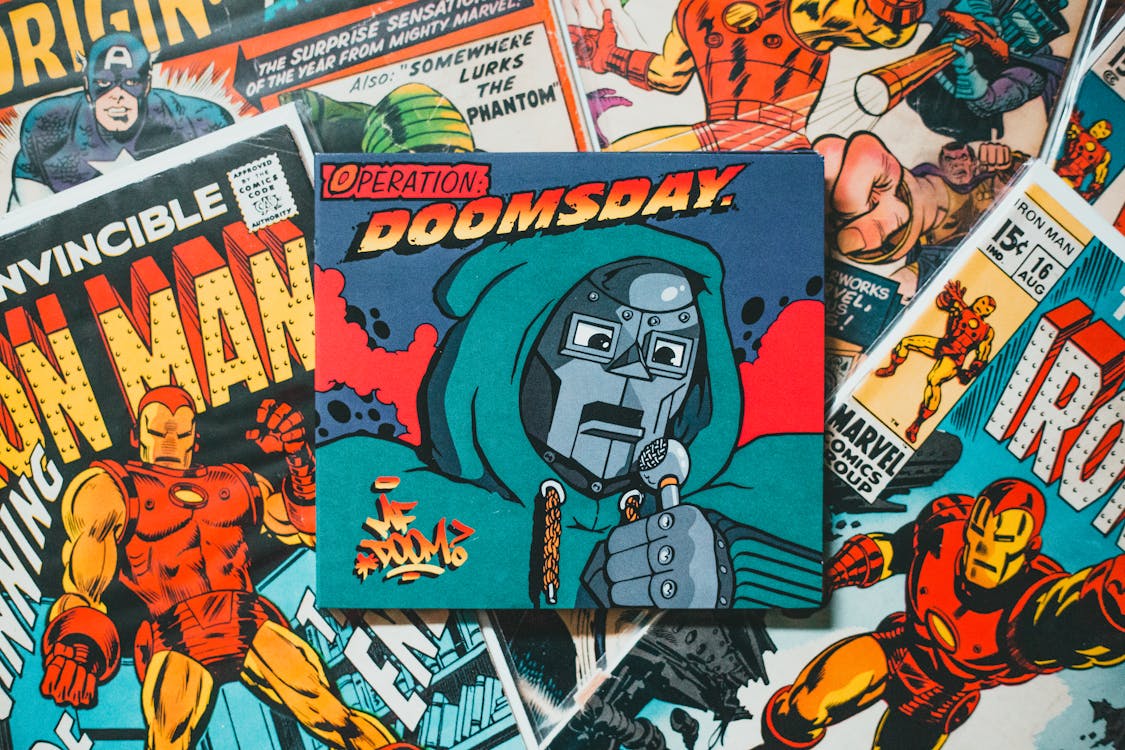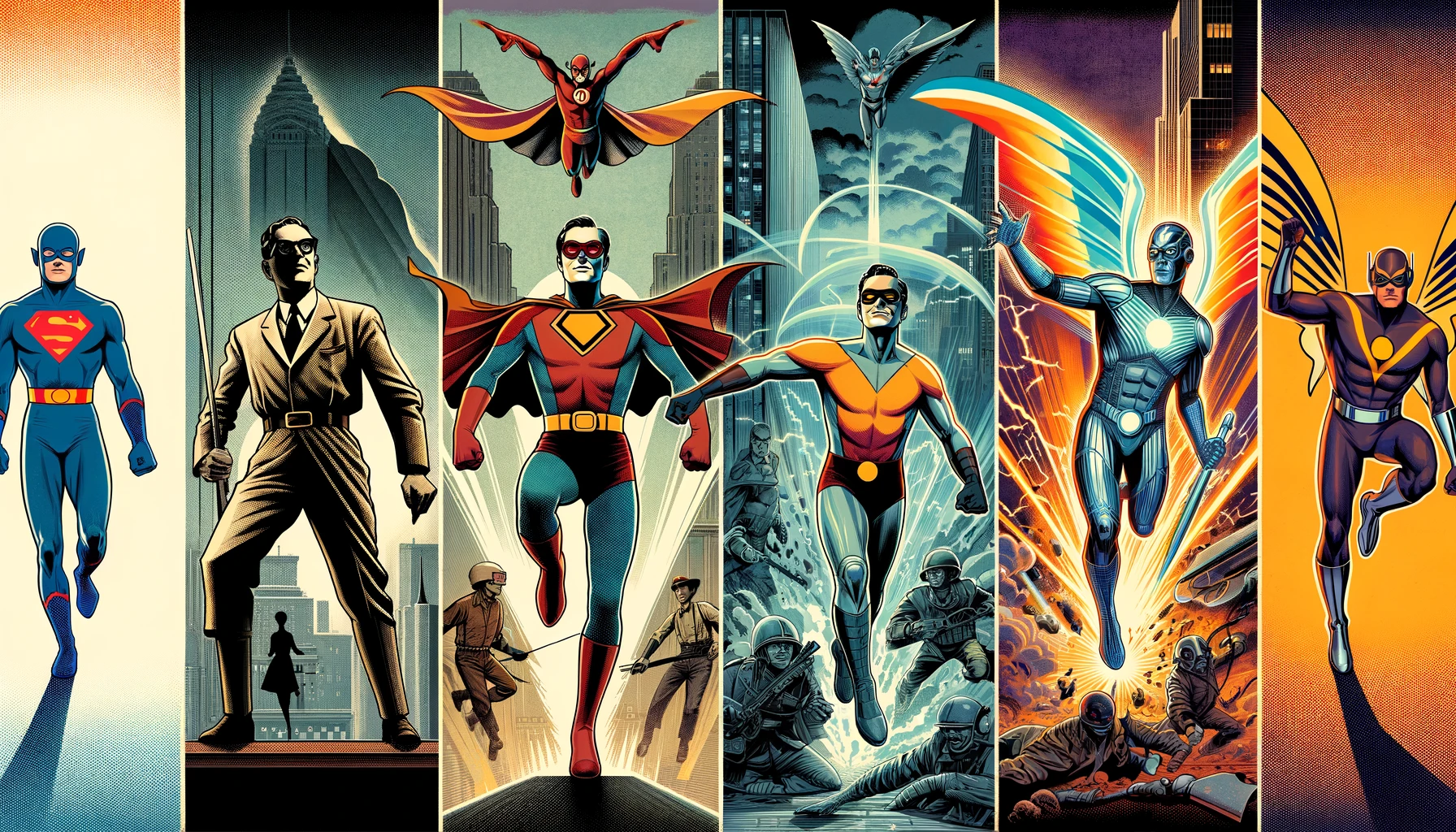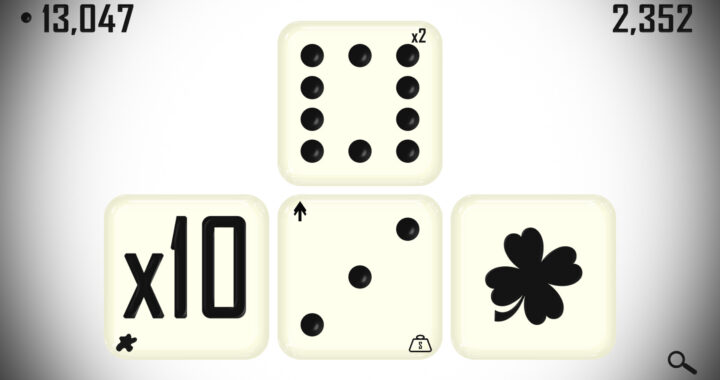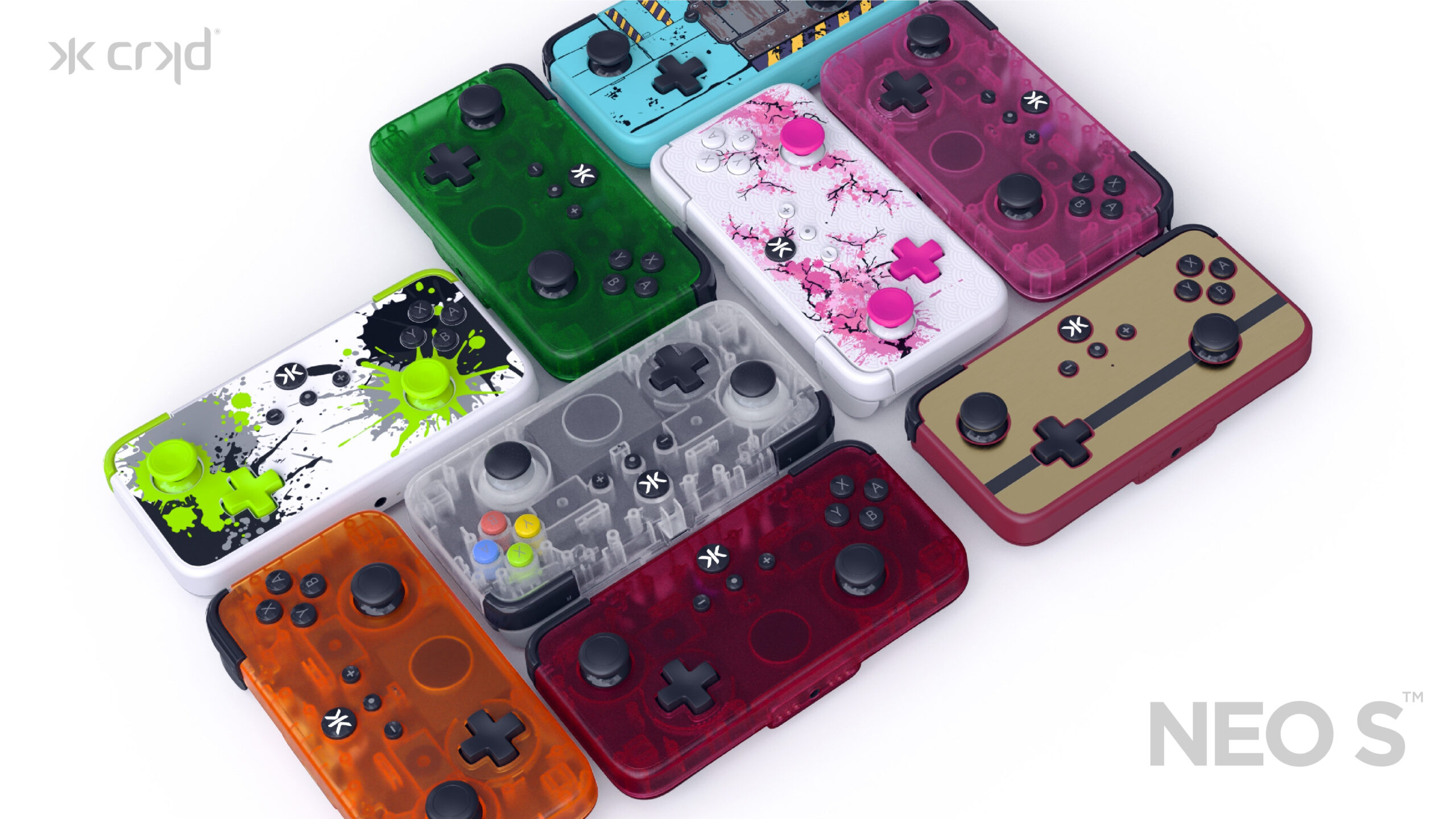
The Gamification of Sports: How Crypto Enhances the Fan Experience
Cryptocurrencies have changed a lot about the sports and sports betting industry. The use of blockchain technology has made the industry safer, and the user experience has improved as well. A new trend that is especially popular with the younger player demographic has recently emerged.
That’s the process of gamification, which adds the elements of computer and console games to the otherwise traditional experience of following and betting on sports. These applications are just the start, and as more players are interested in them and the technology improves, new applications will emerge.
What’s Gamification Accomplishing?
There’s a change in demand for younger players watching sports and what they expect from the experience. The core demands remain the same, and the players want to follow a sports match and bet for real money while watching. But this is just the beginning for this demographic.
The marketing goal for a sports event now is to drive engagement, create new revenue streams, and increase brand appeal. All of these can be accomplished by utilizing gamification and creating new and interesting ways to watch and bet on sports.
How it Works With Engagement
Gen Z and young millennials are what’s called “internet natives,” and they expect the content to include digital technology, social media, and Web 3.0 features. They are not afraid of using the latest technologies while watching a sports event. This can be a QR code that unlocks special features or a VR headset.
It also helps if the event drives the outpour of user-generated content. Each user is now a creator with their own following on social media, and using their content to drive engagement feels more authentic than producing your own content. It’s also far less expensive.
Four Big Projects that Utilize Gamification
Many teams, leagues, and sports betting sites already utilize gamification. We’ll focus on the four big projects that have already proven to work and have generated a lot of interesting content and revenue.
These will probably be used as an example of how the gamification really got off the ground, and many other leagues and events may try to mimic them in the years to come.
Blending AR and Live Experience for Soccer Games
According to many metrics, the recent World Cup was a major breakthrough event. One of the interesting innovations came with the use of AR during the matches. AR stands for augmented reality, a relatively recent innovation that allows spectators to blend the real-life experience with an augmentation on their phones.
The fans could use their phones to activate the pitch recognition mode. The phone then displayed the information and statistics about the players in the camera’s view. That way, the statistics follow the live action, and the observers get an extra layer of information as they follow the game.
This can be the player’s name, short bio, or the key statistics regarding his performance, such as the mileage the player runs, the number of goals they scored, or if they have a yellow card to their name in this or one of the previous games.
All of this information is available to the players watching from home if they look it up, but having it displayed in real life as the game progresses is interesting. There’s long been a need for the fans to have a more in-depth experience, and FIFA has answered it.
Live Sports Twitch Channel
One of the most exciting things about the use of gamification is that there are experiments that are completely fan-based and fan-run. One such experiment has become the biggest Twitch channel that follows live sports events – the Fan-Controlled Football League (FCF).
Twitch streams the games live, and the fans get to draft players, pick the team lineups, and make crucial in-game plays. fans get to draft players, pick the team lineups, and call crucial in-game plays. The vote results are counted and sent to the quarterback on the field. That way, the plays that the fans choose will be played on the field.
After its first season, it had amassed almost 10 million total live views, 125,000 app downloads, and 2.2 million fan interactions. This was enough for the investors to take note, and they contributed over $40 million in seed investments.
eSports and Loyalty Platforms
Team Vitality is a leading European eSports team. It has multiple millions of followers and has created one of the most lucrative loyalty platforms out there. The key to creating such a following was the effort to bridge the gap between Web 2.0 (social media, web apps, and the like) and the latest features of Web 3.0, including gamification and the use of blockchain.
The team gamified the user experience by rewarding loyalty points based on the fans’ actions. It also utilized the craze for NFTs, which was at full blast at the time. Fans earned points for connecting their blockchain wallets and social networks and unlocking their avatar once they reached a certain amount.
The team also asked the fans to go on a series of quests similar to ones they would do in a game to add the points or rank higher. The more points they got, the more customizations they got to implement for their avatars and NFTs.
Those who have reached the highest levels, known as “Best Bees,” unlocked some unique fan experiences, including the chance to meet the Vitality Team players in person.
ESTAC Troyes and the Plug-In
ESTAC Troyes was an established team with a large social media following – over 300.000 active users. However, they didn’t have a membership program and didn’t utilize the fan base. Fan engagement was down, and so did the stadium occupancy rate.
As a way to fix the problem, the team introduced a fan program called Fanprime. The reward platform allowed the fans to exchange tokens for stadium tickets. They’ve utilized a plug-in feature to establish a fan community quickly.
ESTAC Troyes started a partnership with the data & CRM solution Arenametrix and created an automated strategy and marketing campaign that helped the club triple its customer engagement rate and expand its contact database by 14%.
The plug-in isn’t what did the trick, even though it helped with the technical side of things. The quality of the content and engagement was key to bringing in new revenue and fans. The data that the plug-in generated helped the team tailor their offer to the needs of the fan base.
Gamification is one of those buzzwords related to blockchain that you have heard much about recently. It utilizes blockchain features and other WEB 3.0 technologies to provide a better and unique experience for the fans. Leagues, teams, betting sites, and other sport-related establishments are doing what they can to implement these and provide innovative engagement methods.
Some eSports teams and some international competitions have already taken steps in this regard, and it’s proven to be a great way to bring in fans and create a unique experience for them. This drives engagement and ultimately brings in revenue for the team. More teams will start utilizing gamification to create a more complex relationship with their fans.








